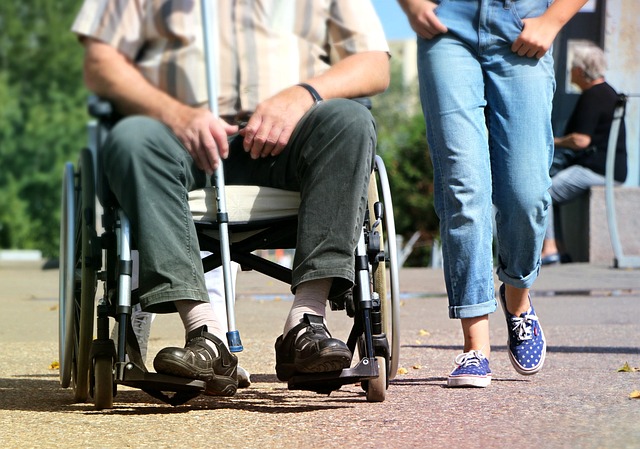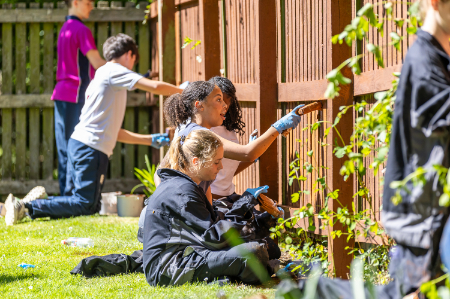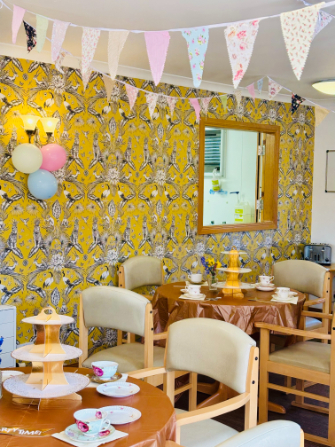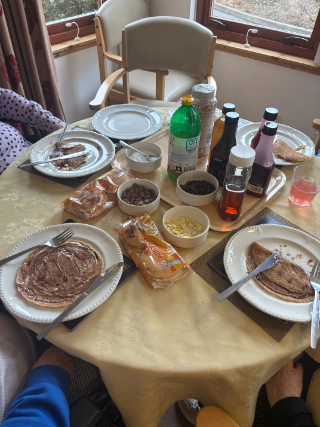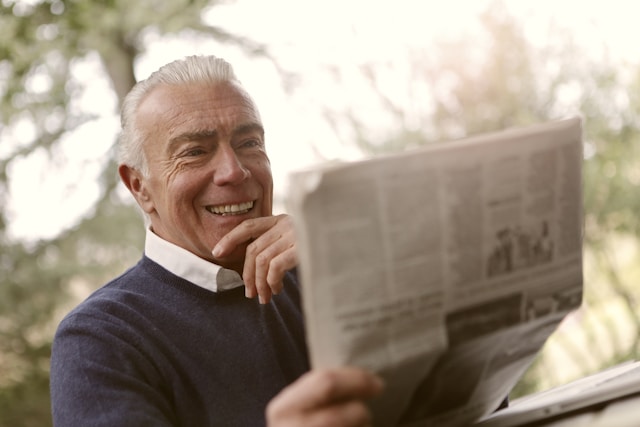The Importance of Gentle Exercise in Preventing Falls in The Elderly
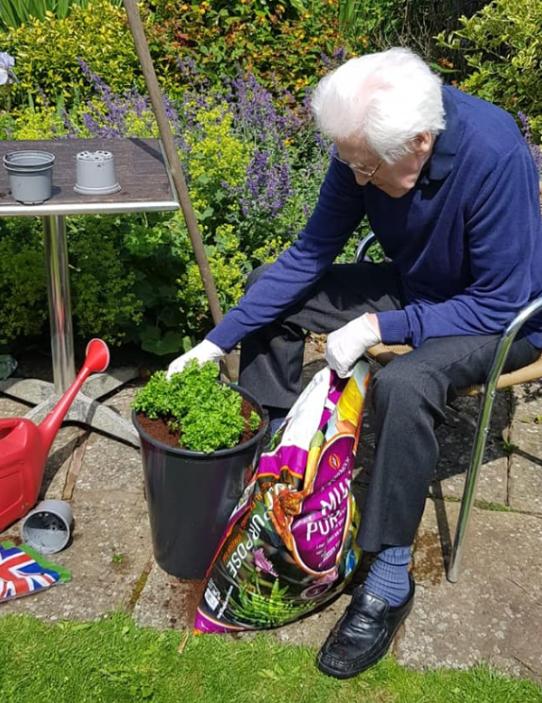
Gentle exercise is a powerful tool for improving the health and well-being of older adults. It goes beyond simply staying active; it helps maintain independence, prevent falls, and enhance mental and physical health through mental stimulation. For older adults, whether living in care homes or at home, incorporating regular physical activity into their routine can lead to a significant improvement in quality of life.
Why Gentle Exercise Matters for Older Adults
Physical activity is essential for everyone, but it’s especially important as we age. For older adults, gentle exercise helps maintain mobility, strength, and balance – all critical factors in preventing falls. Even light activity can combat the natural loss of muscle mass and joint stiffness that occurs with age.
Exercise also contributes to better cardiovascular health. Regular movement can help regulate blood pressure, reducing the risk of heart-related conditions. For the elderly, keeping blood pressure within a healthy range is particularly important, as high blood pressure can lead to dizziness and an increased risk of falling.
Exercise gives you a mental boost, too. Gentle exercise has been shown to reduce feelings of anxiety and depression, and give a sense of purpose and accomplishment. It’s a simple yet powerful way to support both body and mind, enhancing overall mental wellbeing for care home residents.
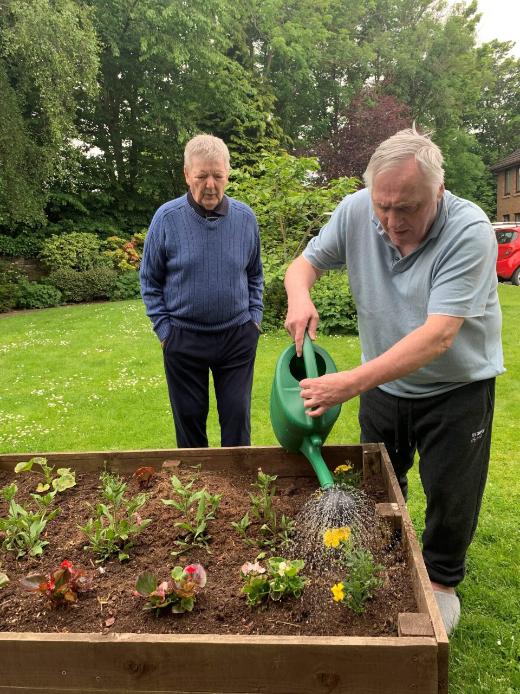
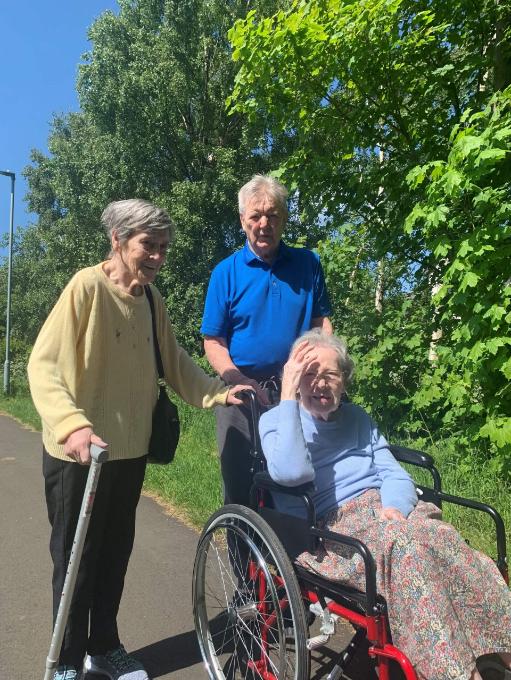
The Role of Exercise in Falls Prevention
Falls are one of the most common causes of serious injury among older adults. They can lead to fractures, hospital stays, and a loss of confidence, which might prevent individuals from staying active in the future. This creates a vicious cycle, increasing the likelihood of recurrent falls.
However, regular exercise can break this cycle. Activities focusing on balance, strength, and coordination are proven to reduce fall risk. For instance, simple balance exercises, such as standing on one leg or gentle heel-to-toe walking, can significantly improve stability. Similarly, strength exercises, like light resistance training or chair-based movements, enhance muscle support around joints, making everyday activities safer.
Group exercise classes in a nursing home are another fantastic option. They combine the physical benefits of movement with the social aspect of being part of a group. Residents are not only improving their physical health but also enjoying camaraderie, which boosts morale and makes the exercise feel less like a chore. Incorporating residents' favourite music into exercise programs can further enhance engagement and effectiveness.
Fun and Engaging Ways to Stay Active
When it comes to exercise, variety is key. It’s not just about preventing falls but also about ensuring that people enjoy themselves and look forward to staying active. Here are a few ideas:
- Chair-Based Exercises: Perfect for those with limited mobility, these exercises focus on improving strength and flexibility without the need to stand. Movements like seated leg lifts or arm raises with light weights are easy and effective.
- Tai Chi and Yoga: These gentle, flowing practices are excellent for improving balance and coordination while also calming the mind. Tai Chi, in particular, is often referred to as “moving meditation” and is widely recognised for its role in falls prevention.
- Garden Games: Activities like boules, croquet, or light gardening tasks encourage movement in an enjoyable and informal setting. Being outdoors also provides the added benefit of fresh air and a change of scenery.
These activities can be adapted to suit different abilities, ensuring everyone can participate and feel included. By keeping the focus on enjoyment, we can inspire care home residents to stay active.
The Broader Benefits of Staying Active
The benefits of exercise extend far beyond preventing falls in the elderly. Physical activity has a profound impact on overall health and happiness, particularly for older adults.
Exercise releases endorphins, those feel-good chemicals that boost mood and reduce stress. For older adults, staying active can be a way to combat feelings of loneliness or depression, particularly for those living in care settings. Group activities, in particular, create a sense of belonging and community. Engaging in activities that reflect personal identity can help maintain a sense of self and well-being.
Regular exercise has also been linked to improved cognitive function. Studies suggest that physical activity can slow memory decline and enhance focus, helping people maintain mental sharpness as they age. Group activities, such as exercise classes or team games, provide opportunities for residents to interact and form friendships. This social connection is a key component of mental well-being and can significantly enhance quality of life.
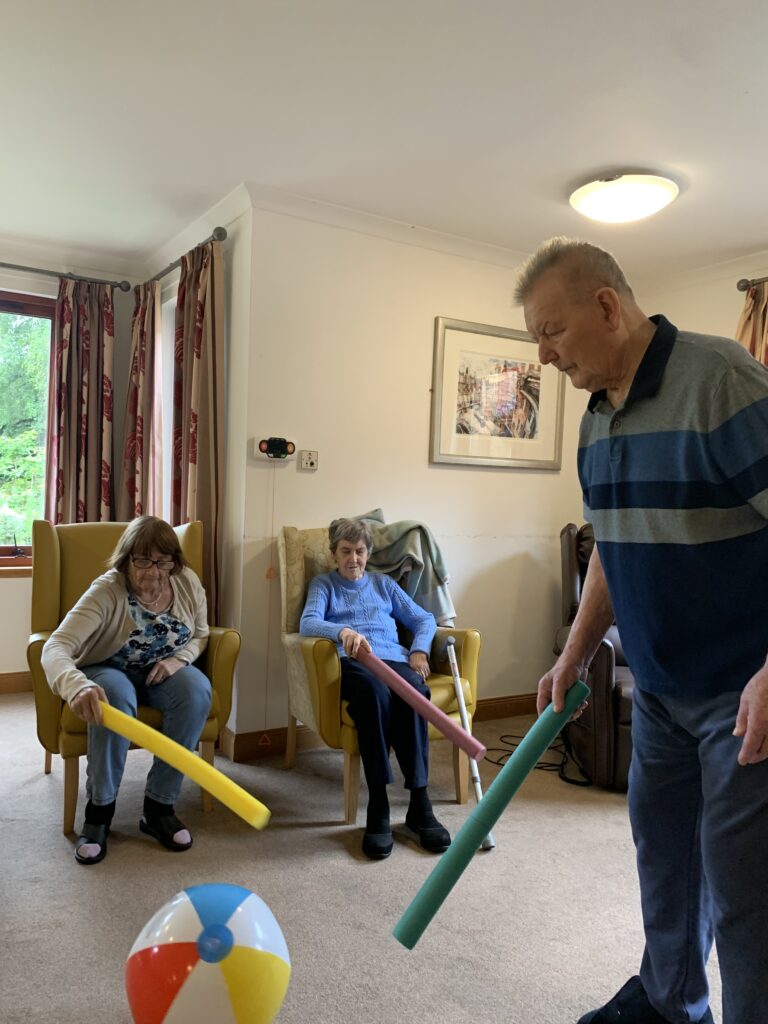
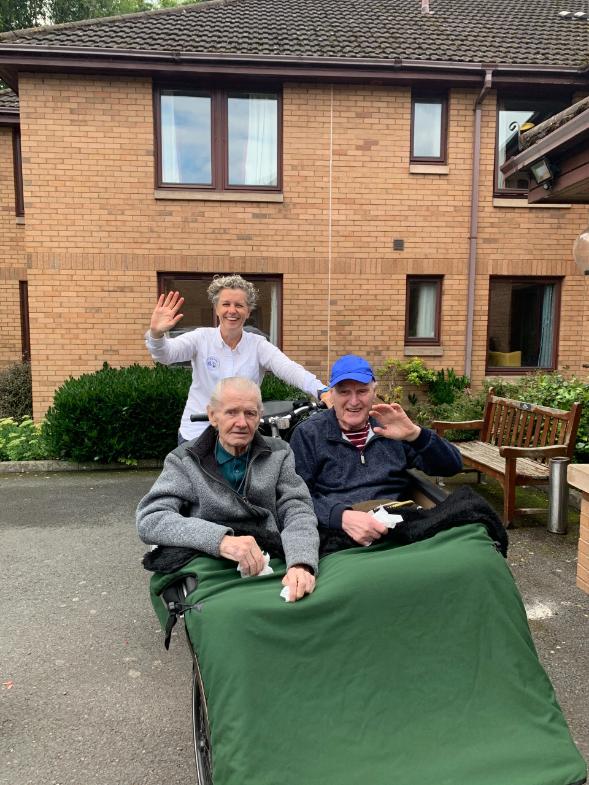
How to Encourage Older Adults to Stay Active
One of the biggest challenges is helping older adults see the value of exercise and overcome any hesitations they may have. Whether it’s fear of injury, a lack of confidence, or simply not knowing where to start, barriers to activity are common but not insurmountable.
- Start Small
Encourage residents to begin with small, manageable goals. A few minutes of movement each day can build into a sustainable habit. For example, walking a short distance or joining a 10-minute stretching session is a great starting point.
- Make It Fun
Activities like garden games or dance-based exercises turn movement into entertainment. When exercise feels less like work and more like play, it’s easier to stick with.
- Celebrate Achievements
Acknowledging progress, no matter how small, can build confidence and motivation. Whether it’s completing a week of daily stretches or mastering a new balance exercise, every step counts.
- Create a Supportive Environment
Staff and families play a vital role in encouraging participation. A positive, encouraging atmosphere where older adults feel safe and supported can make all the difference.
Leading a Full Active Life at Struan Lodge Care Home
At Struan Lodge Care Home, we’re passionate about supporting our residents in leading active, fulfilling lives. From tailored exercise programmes to engaging falls prevention initiatives, we’re here to ensure that every resident can stay safe, healthy, and happy. If you’d like to learn more about how we promote active living, don’t hesitate to get in touch.

